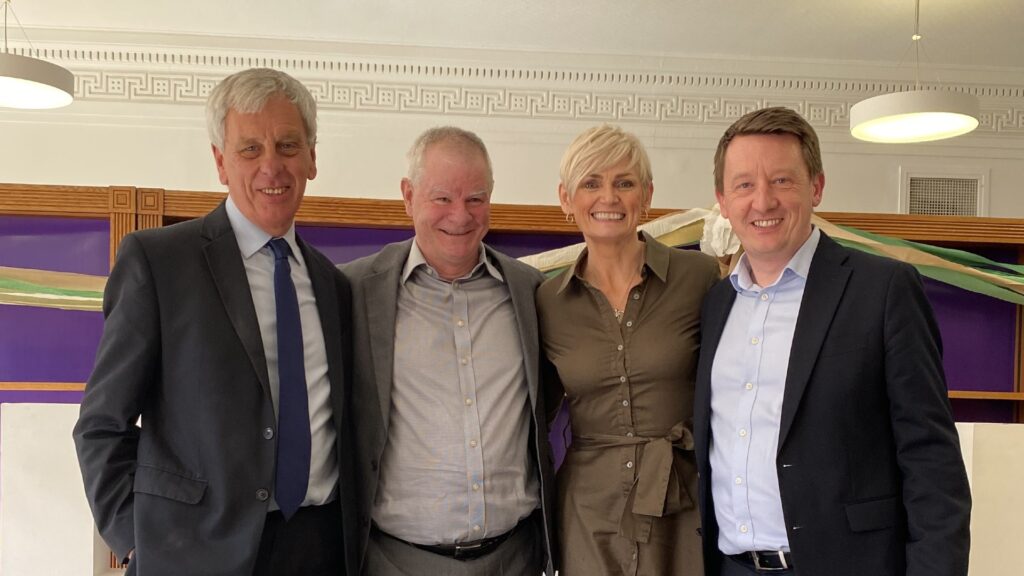Professor in Criminal History, Alyson Brown’s current research interest is exploring interwar crime in England. In particular she is interested in the media-generated public fears around ‘Motor Bandits’, an alarmist and flexible label used for any car driver wanted for a serious crime. Due to new technologies bringing uncertainty, they are often attributed with labels like ‘criminal’, ‘dangerous’ and ‘evil’, this is nothing new. Let’s hear from Alyson.

What fascinates you about criminal history?
What fascinates me about criminal history is the way it can be used as a lens not only to examine individual experiences but also to understand broader social fears and problems. Crime has often been used as a metaphor for broader problems. For example, historically concerns about youth gangs and disruptive behaviour have attracted a lot of public attention because they have been seen to represent declining moral standards or the unequal distribution of skills and opportunities. Researching criminal history can also show the influence of the media and how it can distort or exaggerate perceptions of events and the activities of some sections of the population.
Is it true that cars were once feared?
Yes, it is almost impossible to think that what is now an everyday essential mode of transport, the motor car, was once feared and represented by the media as a menacing and threatening tool for criminal activity. The greater criminal mobility offered by the motorcar was said to pose a threat not just because criminals could travel faster and more flexibly but because motor bandits were represented as a new, more ruthless and organised type of offender. The motor car was deemed to present a potentially greater and more violent danger, especially during the 1920s when the police seemed to be at a technological disadvantage. Authorities and the media represented and associated the motor car with ‘motor bandits’ who stereotypically conducted smash-and-grab raids, smashing jeweller’s shop windows and making off at speed with the stolen goods. This resulted in wider concerns about the then ‘modern’ age and the impact of expanding car ownership on society. As well as producing public anxiety about the way in which the car enabled criminals to be more mobile, moral panics were also generated about the car itself – it was a representation of the threat of a technology driven future.

So, are new technologies still seen as threatening or criminal today?
From ‘violent’ video games making our children more aggressive and ‘evil’ video nasties twisting young minds, to Virtual Reality headgear posing a threat to users’ ‘physical and emotional wellbeing’, new technology is still often perceived as something to be feared. Stories about the way in which criminals have been quick to make use of opportunities offered by the internet and social media are rarely out of the news. Coverage about hacking and security issues, e-commerce or child grooming have been covered extensively. 21st century concerns about the internet and a future in which internet capabilities will continue to be extended beyond everyday understanding appear in some ways to parallel what now seem to be peculiar and outdated concerns about the car.
How do you think history can inform 21st century policy?
In some ways history can, and should, be a constant warning to us of the potential extremes of, for example, particular modes of policy approaches and government. However, I think history can also offer a measure of reassurance, show us that problems that feel new and threatening are less novel than we might think. It can show us that our predecessors sometimes experienced similar fears and anxieties but dealt with or managed them and even learned from them. My current work on interwar motor bandits shows that the friction between interventionist policing methods on the roads and public and police safety is at least a century old. On the one hand we could think about that negatively because we haven’t resolved the issue, but it may be an unresolvable tension and that we should continue to recognise the importance of, for example, the balance between public protection and public rights.
How can students explore and investigate criminal history on their degree?
The History degree at Edge Hill University was one of the first in the country to introduce the study of crime into the programme. Students can study ‘Digital Detectives’ in their second year which uses the study of crime in the 18th and 19th centuries to develop students’ skills with digital archives. In the third year they can take the module ‘A Century of Crime and its Contexts c.1840-1940’. That module examines crime in England and Wales in the century before the Second World War and includes research on interwar motor bandits. The third-year dissertation also gives students considerable freedom to follow their interests, including crime history.
July 13, 2022


